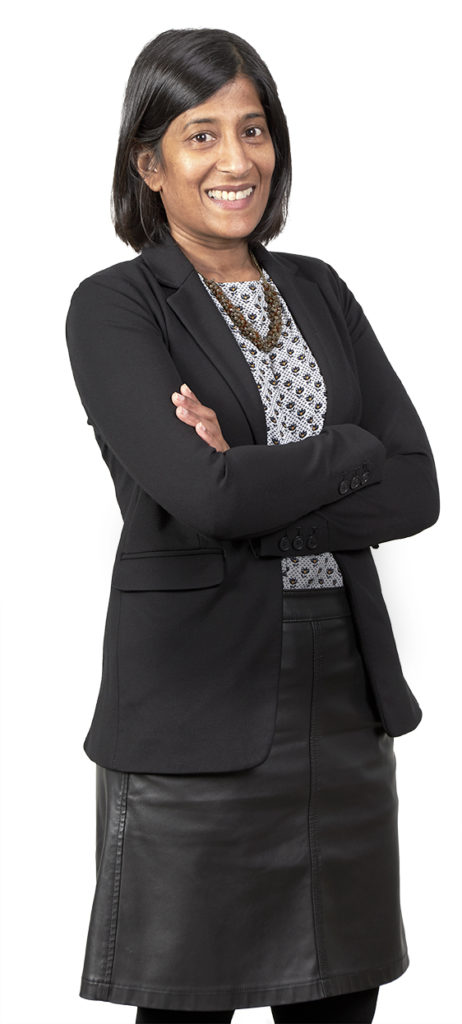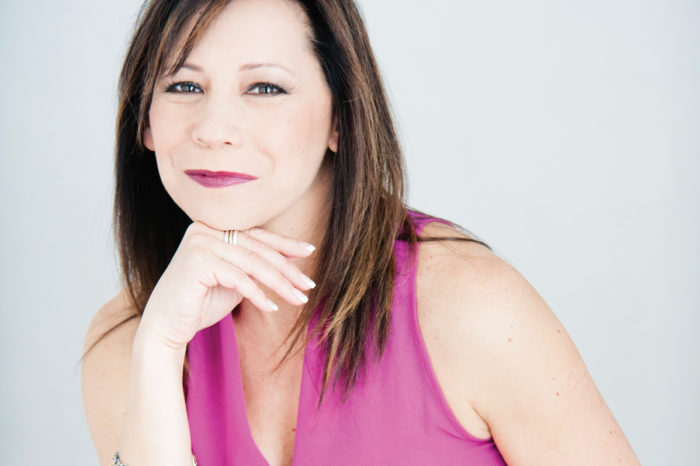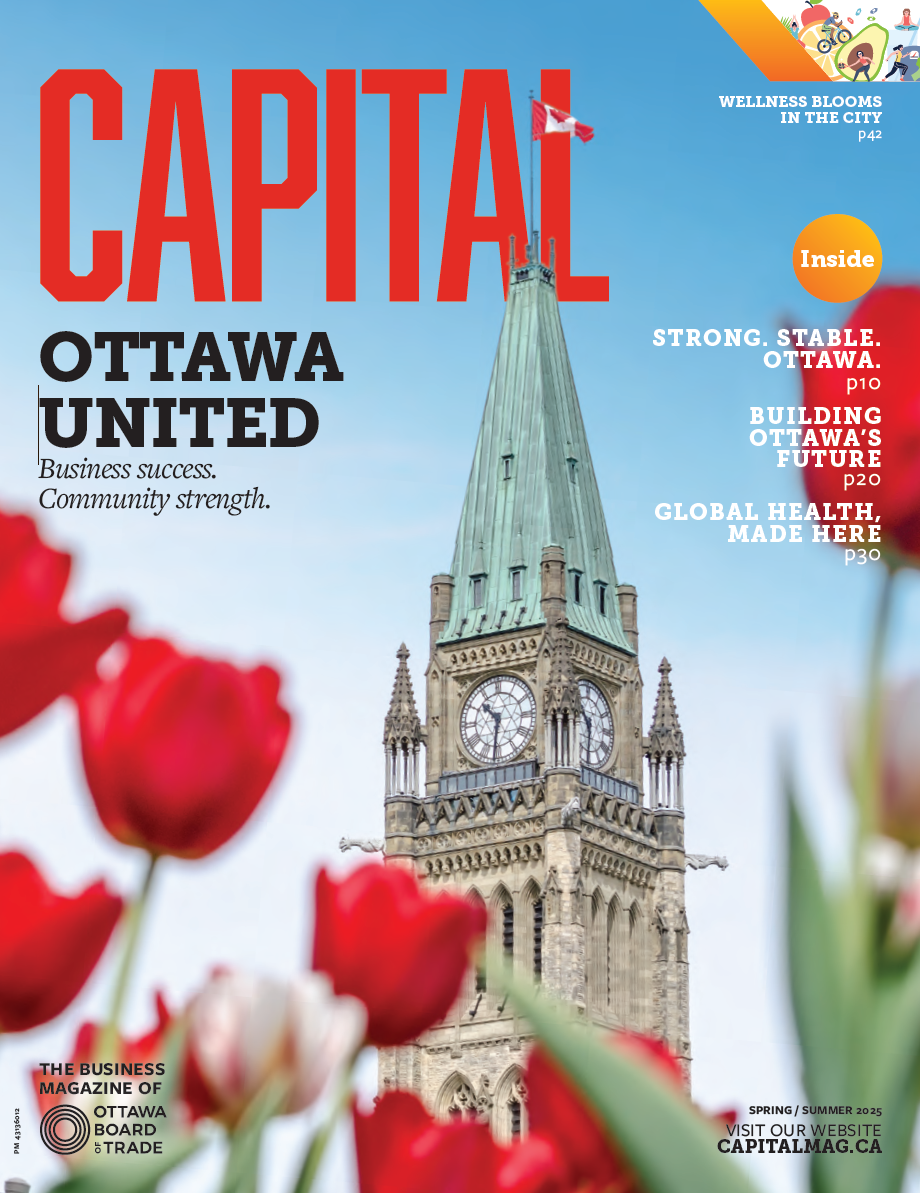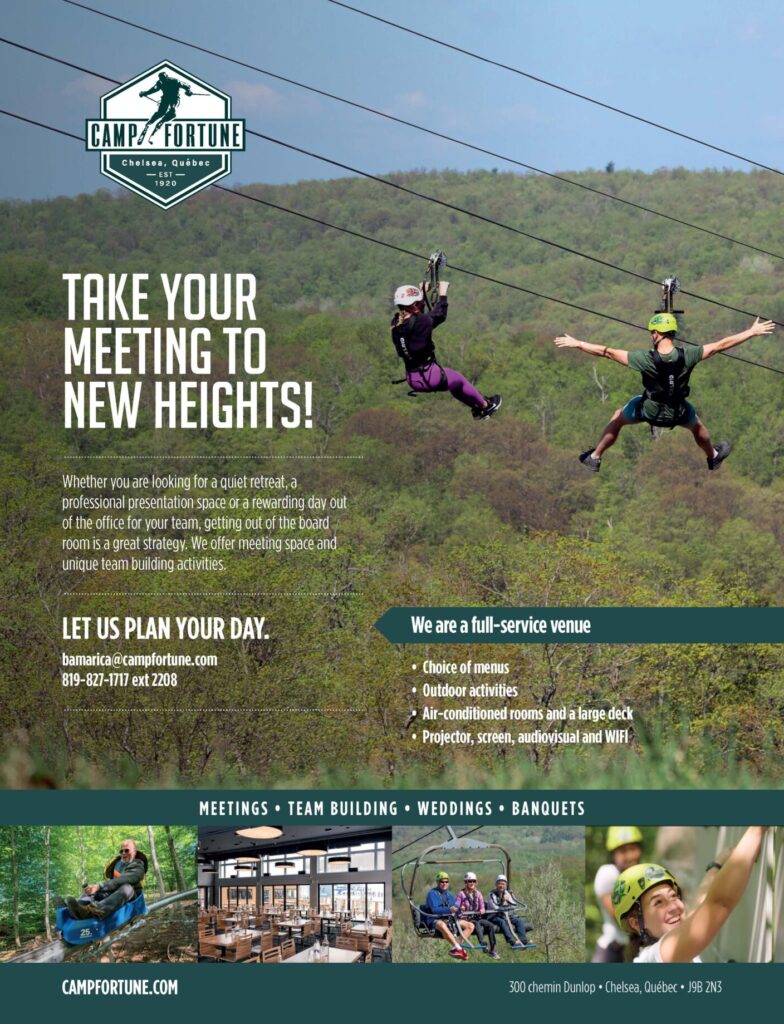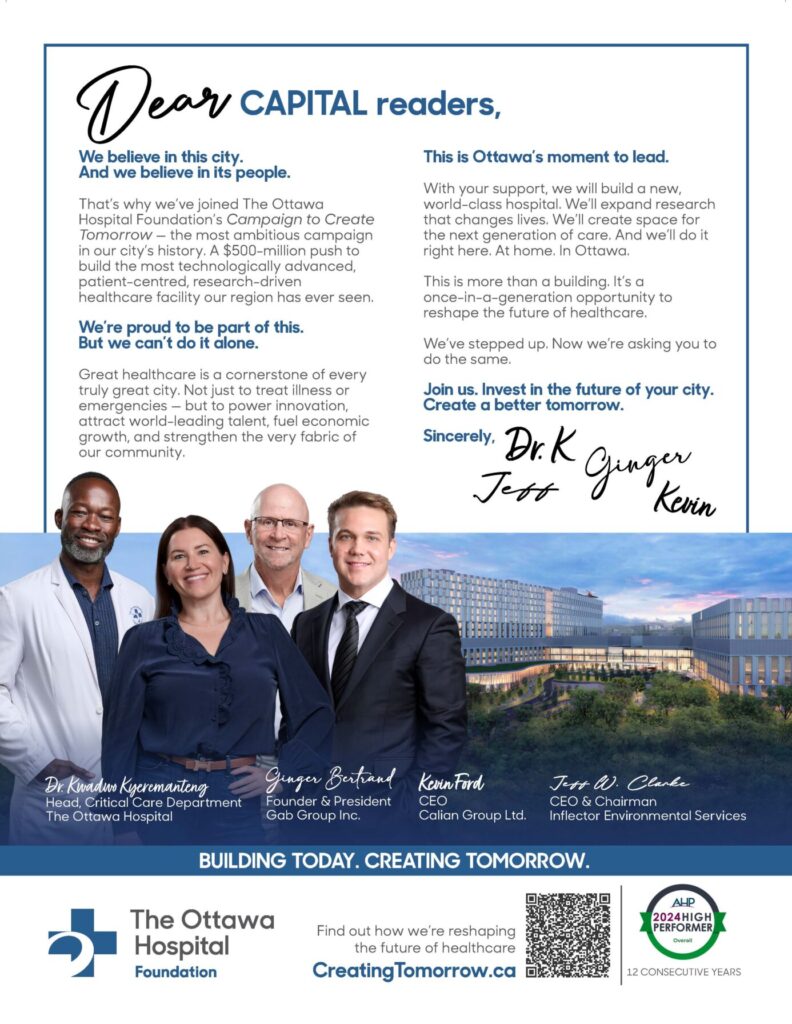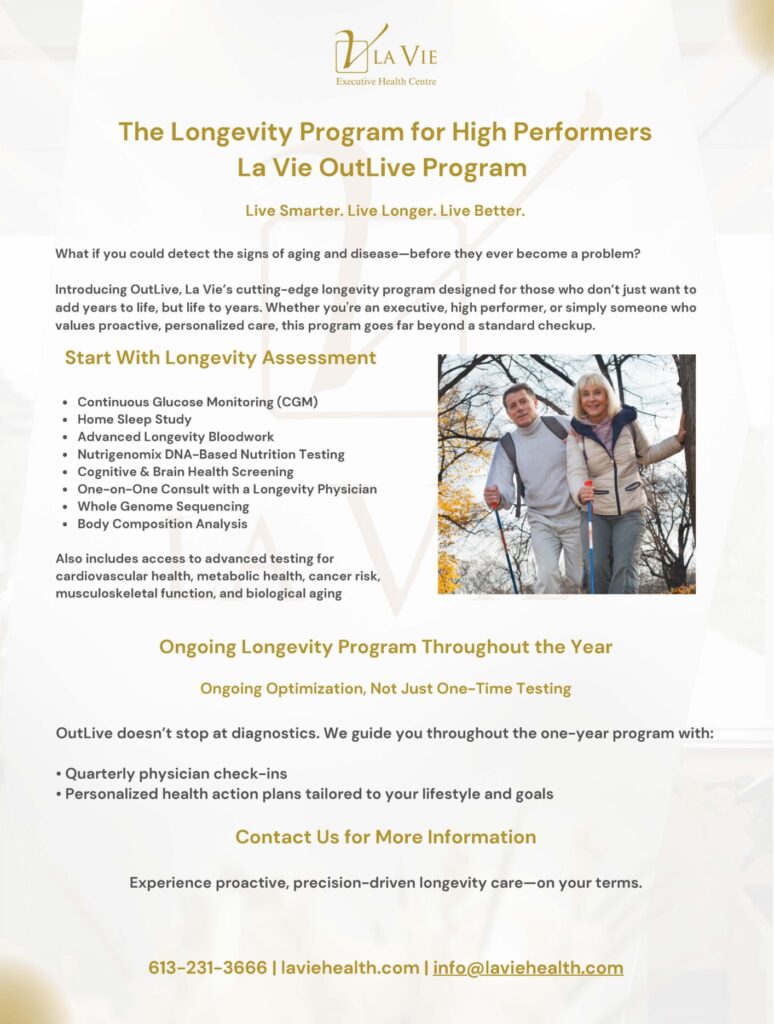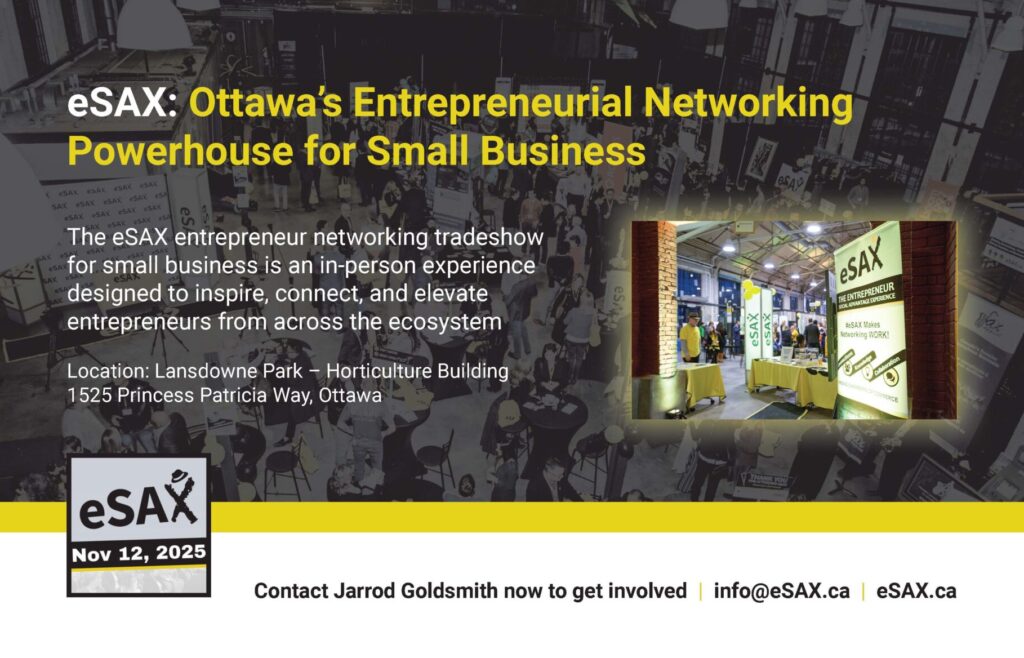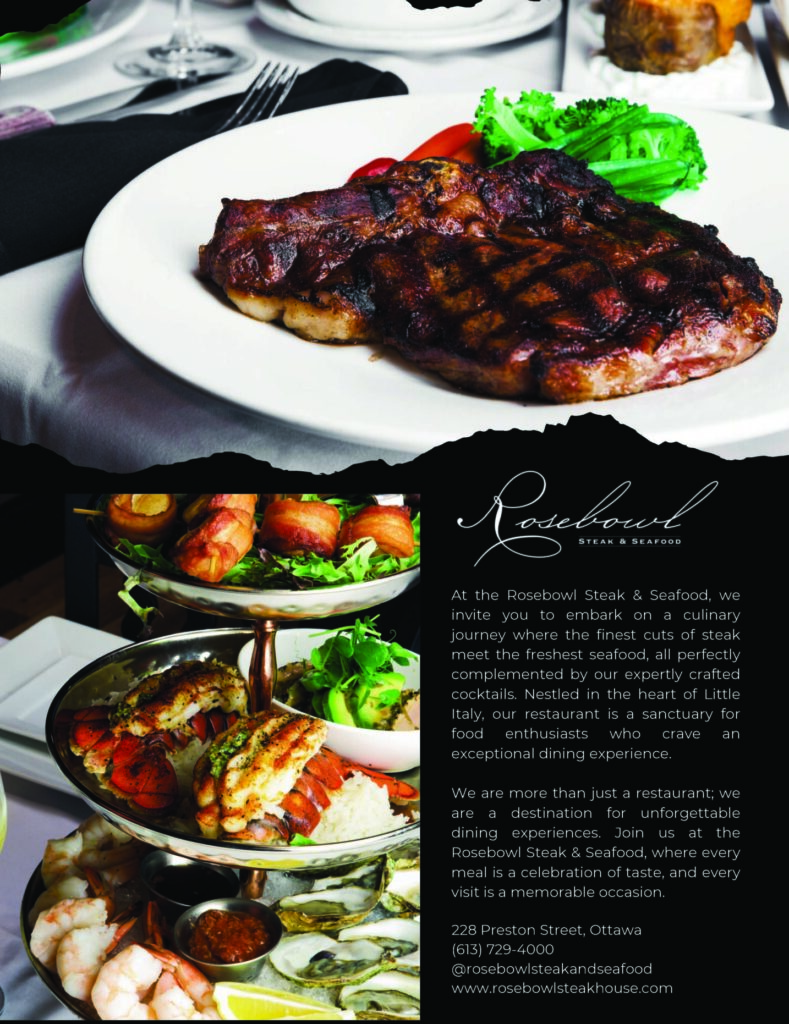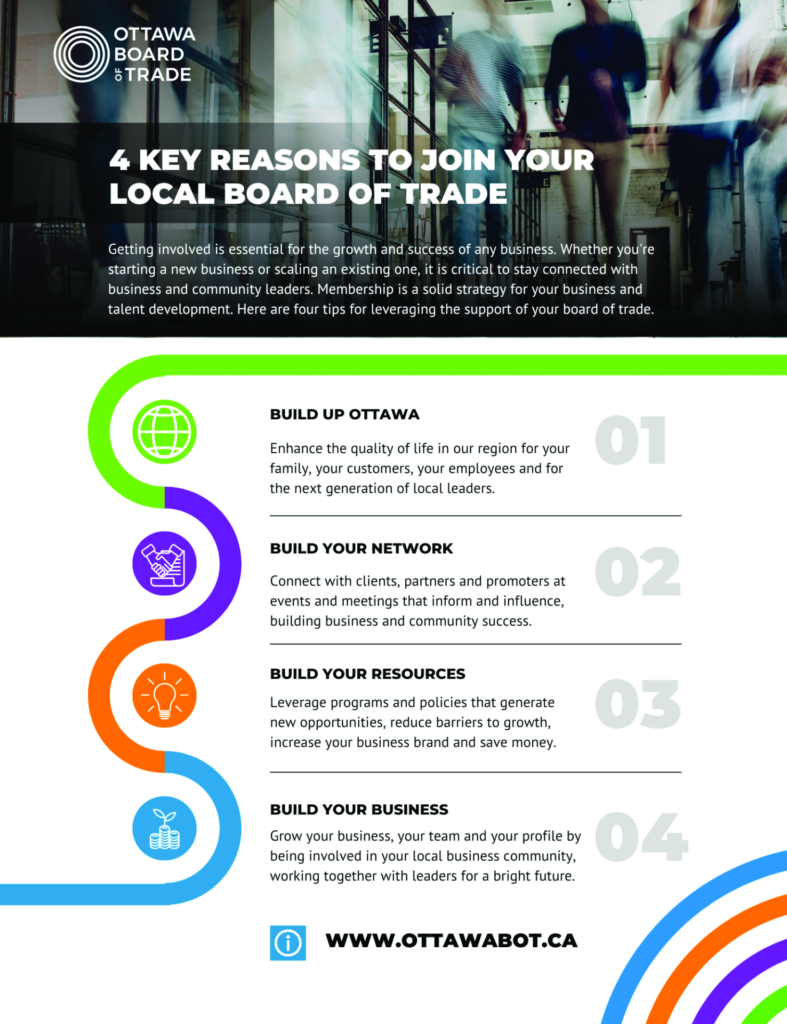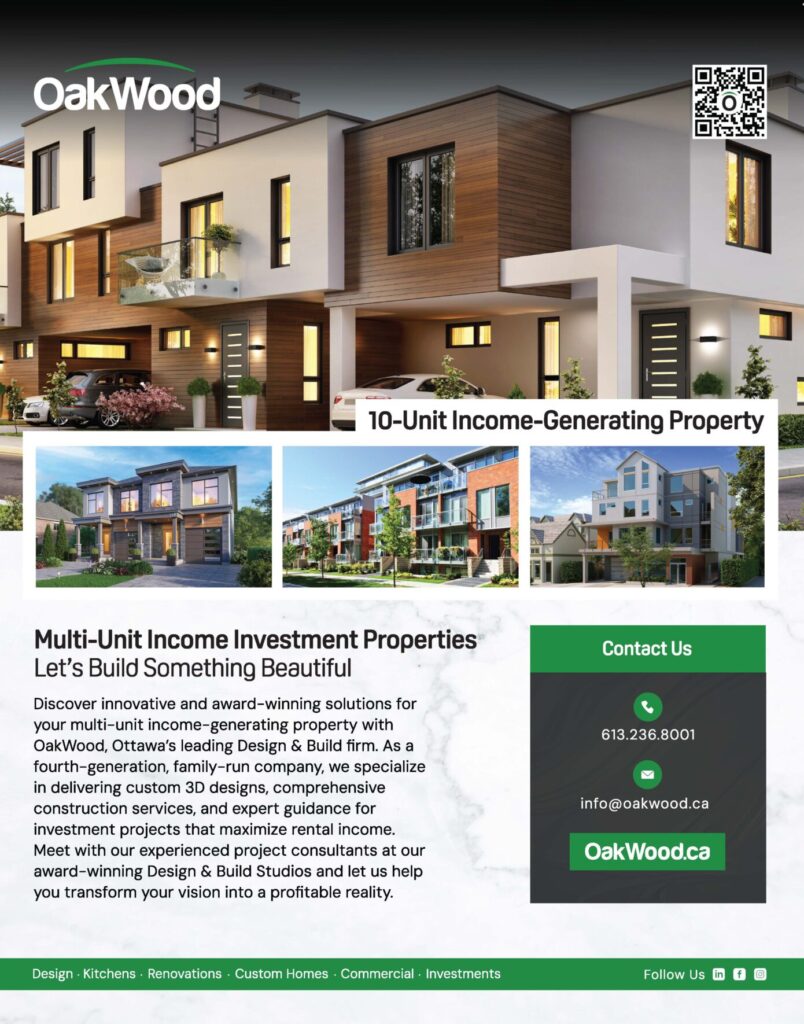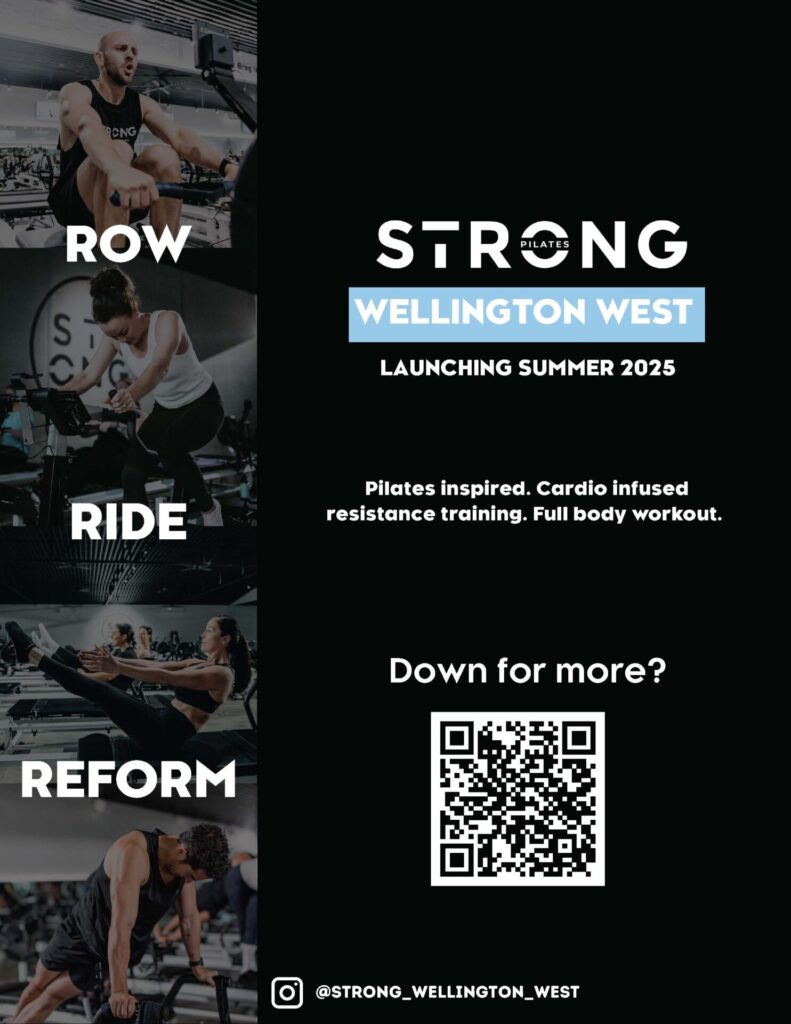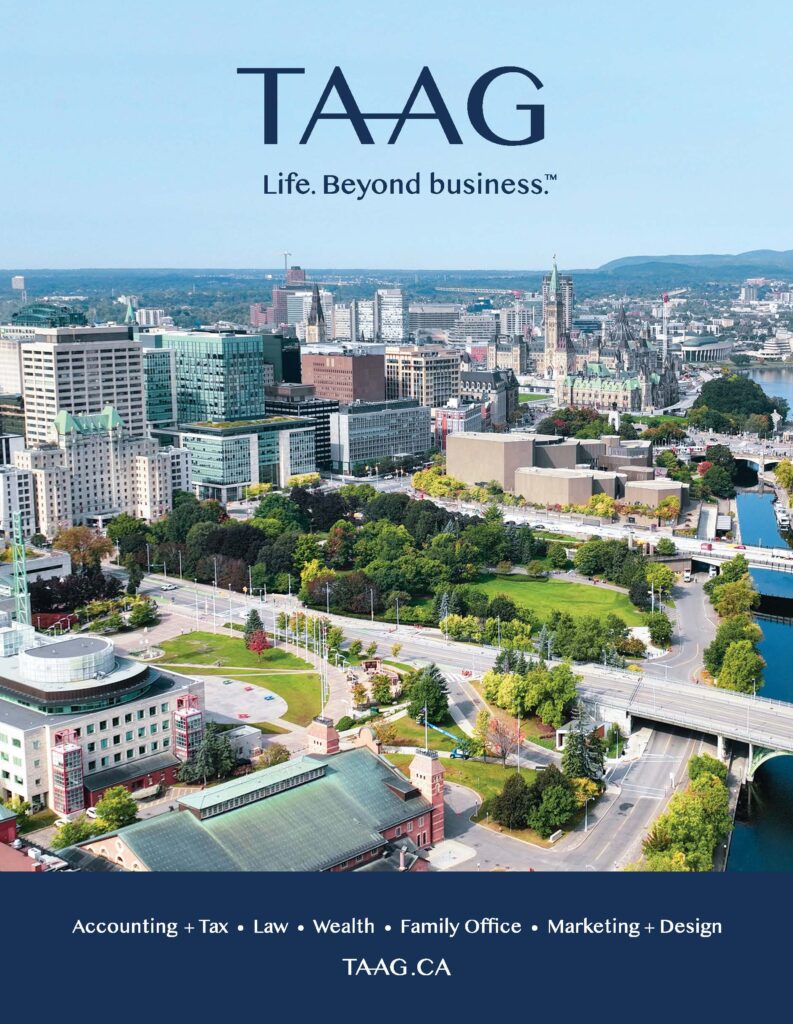Feature: Diversity and Inclusion: It’s the Right Thing to Do

By Jenn Campbell
Making sure diversity and inclusion are part of a company’s corporate culture isn’t just the right thing to do, it’s also good for business.
So, says Cynthia Hansen, president of Enbridge Inc., which has numerous diversity and inclusion initiatives.
“One of the critical things for us is to focus on leadership and make sure our leaders embody that commitment to inclusion,” Hansen says. “It’s also really good for our business. We know that if you can create the right environment, where employees can bring their full selves to work, and they feel safe to share their diverse thoughts, ideas and perspectives, that will foster innovation, it’ll be better for our operating safety and providing value.”
The company, which has a large presence in Ottawa and provides natural gas to Ottawa and Gatineau, also has a number of initiatives that support inclusive behaviour among employees.
“We have an enterprise-wide steering committee for diversity and inclusion,” Hansen says. “It’s a group of passionate and engaged employees spread out across North America. They’re making sure we’re promoting respect and inclusivity that gets built into our strategies, policies and priority-setting.”
Human resources professionals make sure inclusive behaviour is embedded within their departments, including functions from onboarding and interviewing practices to succession and performance reviews. For example, recruiters at Enbridge use tools such as an artificial-intelligence application that will determine whether job postings are gender-neutral.
“We make sure we’re posting to attract a diverse group of [applicants,]” she says.
Enbridge sets targets for some of its hiring practices, including hiring a certain percentage of women and minorities by 2023 and another percentage by 2028 and uses a “dashboard” system to monitor it.
“These are aspirational things — we make sure with the dashboard that we see the transparency and then we go in and identify if we need to take action,” she says. “We have targets set for women in leadership positions, we set targets for ethnic diversity, people with disabilities and veterans.”
The company is also working to make sure some groups — such as LGBTQ+ or people with disabilities — feel comfortable self-identifying as such.
“We’re trying to expand our definition of gender,” she said.
Making sure women are represented
Thusha Agampodi, engineering manager at Magnet Forensics, remembers being at a career fair with a male colleague and being approached by a male applicant. She asked him a technical question and he directed his answer to her male colleague, never making eye contact with her again.
“My colleague finally said to him: Hey, have you met my boss, Thusha?” she recalls. “I wish I could say that was the only time in my career that I felt invisible.”
For that reason, Magnet Forensics makes sure it always has a woman at its career fair booths, so other women feel comfortable approaching with questions.
“I want them to be able to see themselves reflected in our workplace,” Agampodi says.
For its part, Enbridge partners with organizations such as Catalyst, which works to “make workplaces that work for women,” and the Canadian Centre for Diversity and Inclusion to ensure Enbridge employees have access to the most up-to-date resources, support, practices and information that will guide leaders.
One event the company hosts is a women-in-energy forum that celebrates women in leadership — they make up 30 of Enbridge’s workforce — so the organizers always try to get 30 per cent men in attendance. Hansen says it’s interesting to hear the men’s comments about being in a situation where they’re a minority. Dean Dalpe, director of operational services and governance at Enbridge Gas Inc., was one such man.
“I felt what it is like to be a gender minority and it was a key moment of realization for me,” Dalpe says. “It gave me a visceral understanding of the representation challenges women experience and the importance of allyship.”
Diversity and inclusion go hand in hand
“Diversity doesn’t work without inclusion for sure,” Agampodi says. “We hire the best candidates, but if we get them in here and create an environment where they don’t feel they can share their best ideas, that’s not going to work for anyone. The data show that the companies that have all of that figured out are more profitable and more innovative.”
She makes sure there’s always diversity on her hiring panel during interviews and, like Enbridge, her company also uses an app to make sure job postings are as inclusive as possible. In addition, they review them for requirements, with the thinking that women will only apply for a job if they have 100 per cent of its stated requirements, whereas men will do so with just 60 per cent. Having diversity in the management team is also an important aspect of Magnet Forensics’ initiatives.
The inclusivity work senior managers and human resources does seems to be working.
“One of the women who works with us says this is the most heard she’s felt,” Agampodi says. “I know it’s working when I see people disagreeing with each other. It’s easy when you’re sitting in a room and everyone agrees. When I think about diversity and inclusion, the best way to show you have an inclusive environment is if everyone feels heard. Is everyone getting equal airtime? When you’re sitting there and disagreeing, that’s the hardest time to share your opinion. You could be wrong, but we want to make sure we have an environment where you’re heard.”
Enbridge is working to empower employees to drive inclusive behaviour at a foundational level. It has 10 different employees resource groups at 40 different chapters across North America as well as regional diversity and inclusion advisory groups.
“We hold everybody accountable,” Hansen says. “For example, this year, in our 2020 objective-setting, we have specific requirements for a diversity and inclusion objective. If we start to see gaps or things that aren’t moving in the right direction, there are then specific action plans that are developed to make sure the right inclusive behaviours are being supported to get that appropriate outcome.”

